A well-designed warehouse is built on precision, not assumptions. Every inch of racking, every load calculation, and every aisle width shapes how efficiently your operation runs. In fact, the global pallet racking market is projected to grow to USD 19.65 billion, showing how essential safe and efficient rack design has become for modern warehouses.
Yet, many facilities still waste space, slow down picking, or face compliance risks due to poor planning. The right pallet rack design turns these problems into opportunities, improving safety, capacity, and ROI.
This guide walks you through practical steps to design racks that make your warehouse safer, smarter, and ready for long-term growth.
Pallet rack design is the engineering and planning process behind how pallets are stored, accessed, and protected. It defines the rack type, size, layout, and structural components required to support a warehouse’s specific loads. Good design balances density with accessibility, maximizing vertical space without compromising forklift movement or worker safety.
For U.S. warehouses handling everything from retail goods to industrial components, an optimized design helps reduce bottlenecks. It prevents product damage and ensures compliance with OSHA 1910.176(b) and NFPA 13 sprinkler-clearance codes.
Also Read: Ergonomic Solutions for Warehouse Material Handling
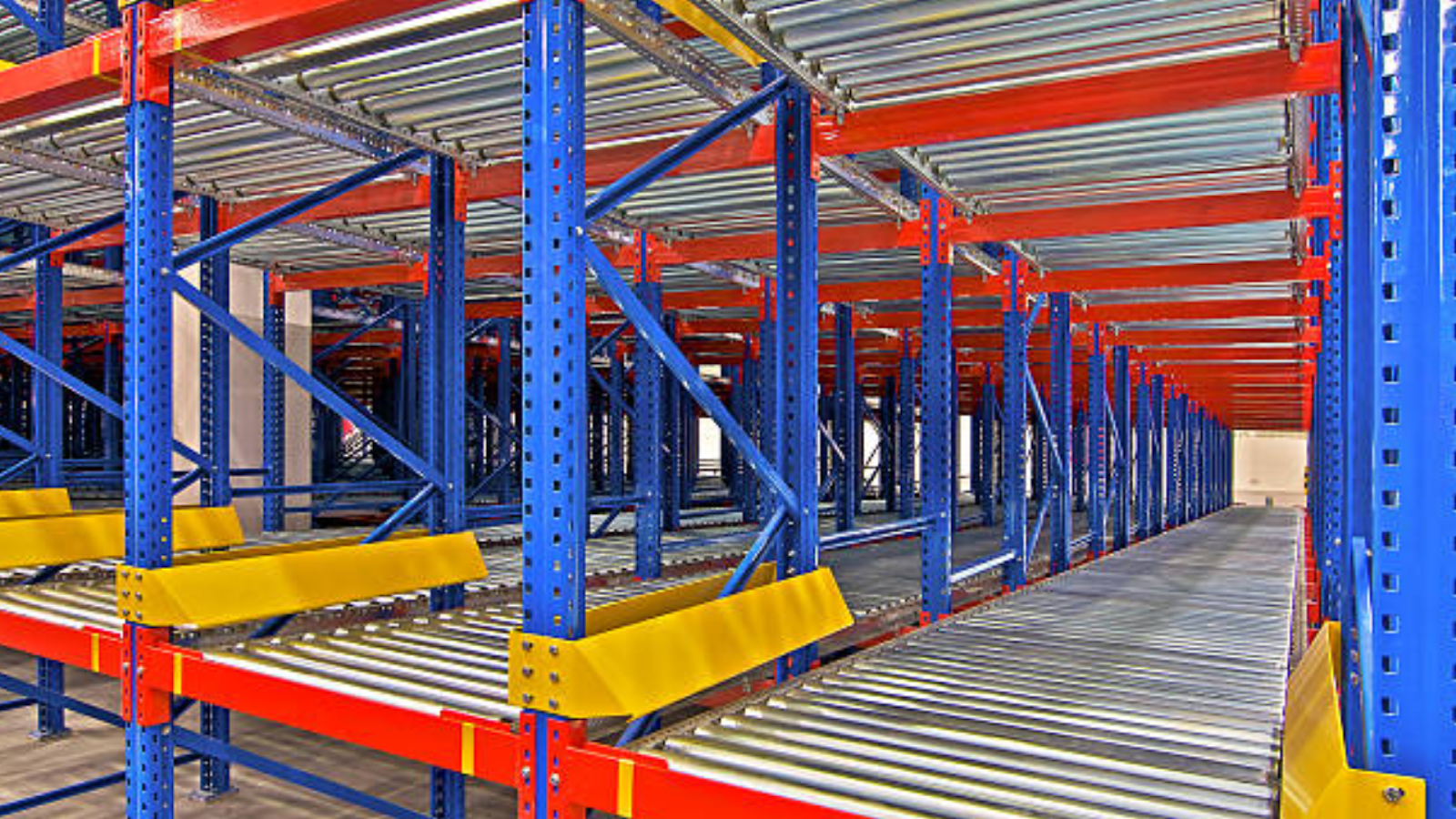
Before a single beam is ordered, several variables determine how your design should take shape. Each one affects cost, performance, and code compliance. These factors include:
Ceiling height, building columns, and dock positions define layout boundaries. Clear height determines total storage levels, while obstructions like HVAC ducts or lighting fixtures influence rack placement and aisle configuration.
Pallet size, weight, and packaging shape determine beam capacity and upright spacing. The common 48″ × 40″ GMA pallet suits most loads, but heavier or irregular items require custom recalculations.
Fast-moving SKUs perform best in selective racks with wide aisles, while slow-moving bulk goods achieve higher density in drive-in or push-back configurations.
Forklift specifications affect aisle width and rack height. Counterbalanced forklifts need wider aisles than reach or VNA trucks, influencing how efficiently pallets are placed and retrieved daily.
Racks must follow OSHA, RMI, and NFPA guidelines. Maintain 18-inch sprinkler clearance, seismic anchoring, and proper egress spacing to ensure warehouse safety and pass local inspection requirements.
Modular uprights, adjustable beams, and extendable runs allow rack systems to expand or reconfigure easily as product lines, equipment, or inventory demands scale.
Concrete strength and flatness directly influence rack stability. Floors must support point loads from uprights without cracking or settling, ensuring safe anchoring and even weight distribution across runs.
Together, these parameters establish the foundation of a rack system built to last.
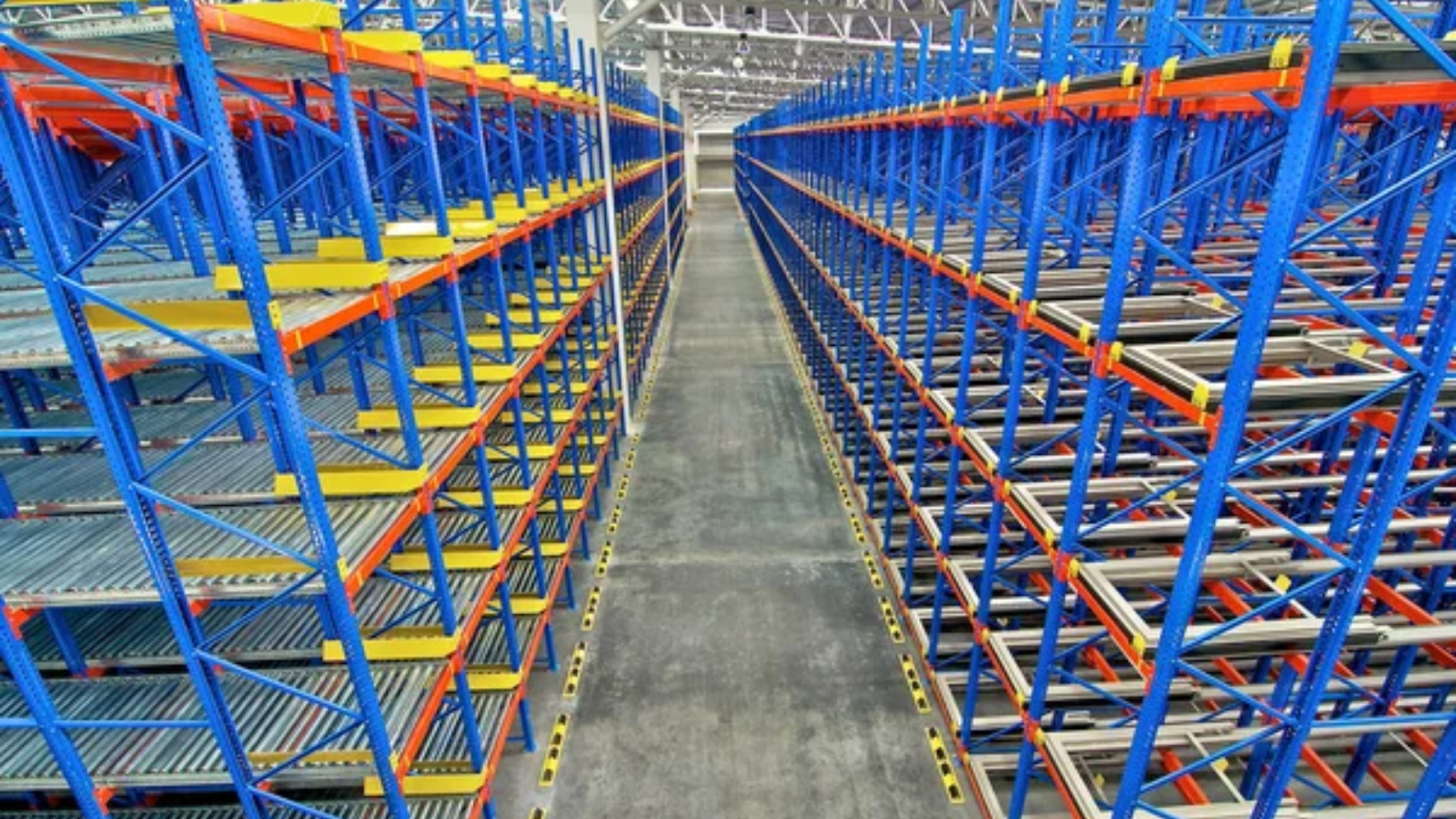
Every successful pallet rack design follows a structured progression, from measurement to configuration, to ensure strength, capacity, and code alignment.
Start with a complete site assessment. Record building length, width, and height; mark obstructions such as HVAC units, lighting, or mezzanine supports. This survey defines the “usable cube.” In older facilities, verifying slab flatness and concrete strength ensures the floor can bear upright loads without excessive shimming.
Determine the number of pallets stored per SKU and the average weight per pallet. A typical load of 2,500 lb. on a 48″ × 40″ pallet requires beams rated above that combined weight for a safety margin. Subtract six inches from pallet depth to calculate upright depth, giving the standard 42-inch frame for 48-inch pallets and allowing a 3-inch overhang on each side for forklift entry.
Beam length depends on the number of pallets per level. For two pallets, multiply pallet width by two, add 10 inches of side clearance and 6 inches of center spacing, resulting in a 96-inch beam. For three pallets, extend to 142 inches or select a 12-foot standard beam. Maintain at least 4 inches of vertical clearance above the tallest load to permit easy placement and removal.
Total upright height equals the sum of pallet load heights, beam thickness, clearances, and sprinkler offsets. A warehouse with 22-foot ceilings and forklifts reaching 20 feet can safely design three storage levels with 18-inch clearance to the ceiling sprinklers. Upright gauge thickness should match both seismic zone and load density.
Aisle width affects both storage density and forklift efficiency. Here’s how:
When calculating aisle width, use the forklift’s right-angle stack dimension, add 12 inches for maneuvering, and include the 48-inch pallet length. This ensures smooth operations without equipment collision risk.
For continuous rows, compute total length as (bay length × number of bays) + (upright width × [bays + 1]). Always include one extra upright per run to account for the starter bay.
Through these calculations, engineers can finalize a layout that meets load requirements while optimizing every cubic foot.
Also Read: 10 Differences Between Pallet Racking and Shelving
Selecting the proper rack type depends on product flow, density needs, and access frequency. Each system serves a distinct operational goal. Let’s discuss them through the following table:
Partnering with trusted manufacturers such as Husky Rack & Wire and Steel King ensures each system meets ANSI MH16.1 and RMI standards while offering consistent component compatibility.
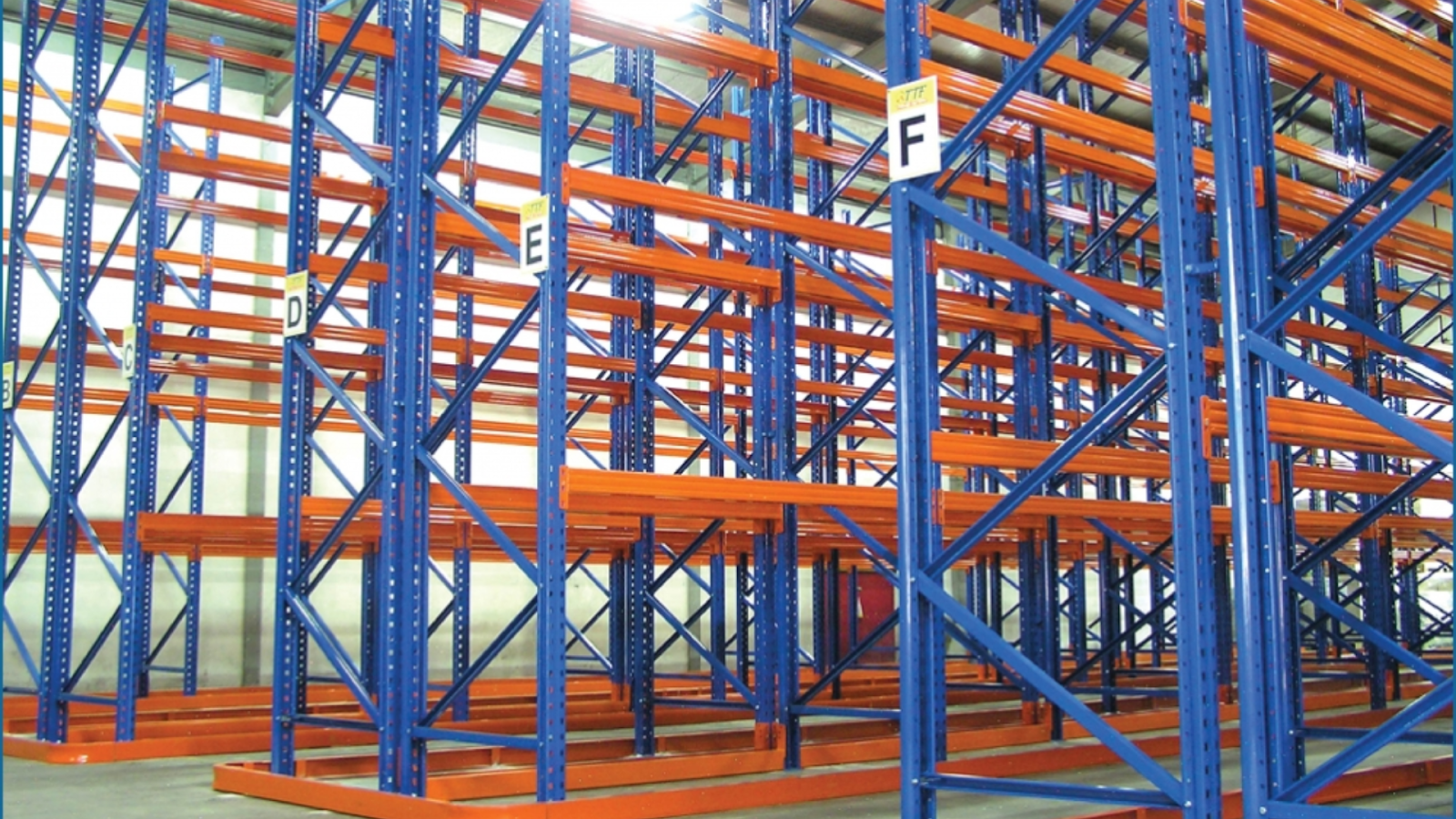
Pallet rack safety is integral to design. It must be built into every aspect of the system. A well-designed rack not only maximizes storage but also ensures safe operations for both employees and inventory. Here are the key components that ensure safety and stability in your pallet rack system:
Upright frames, beams, and bracing form the core structure, while baseplates secure the system to the floor, distributing weight evenly. Beam locks keep everything in place, preventing accidental dislodging during impact.
Wire decking adds a flat, secure surface; the pallet supports reinforced beams for non-standard loads, and row spacers keep back-to-back racks aligned.
Column guards, end-of-aisle barriers, and flue spacers reduce collision damage and maintain fire safety clearances. Many modern systems now include impact sensors that alert supervisors when a rack is struck, minimizing downtime and preventing structural failure.
Pricing a pallet rack system involves more than just the upfront equipment cost. Material type, rack density, and layout complexity all influence your total investment. Freight, installation, and maintenance also impact long-term ROI. This makes it essential to plan every detail from the start.
Want a deeper look at cost breakdowns for different rack types and configurations?
[Read the full pallet rack cost guide →
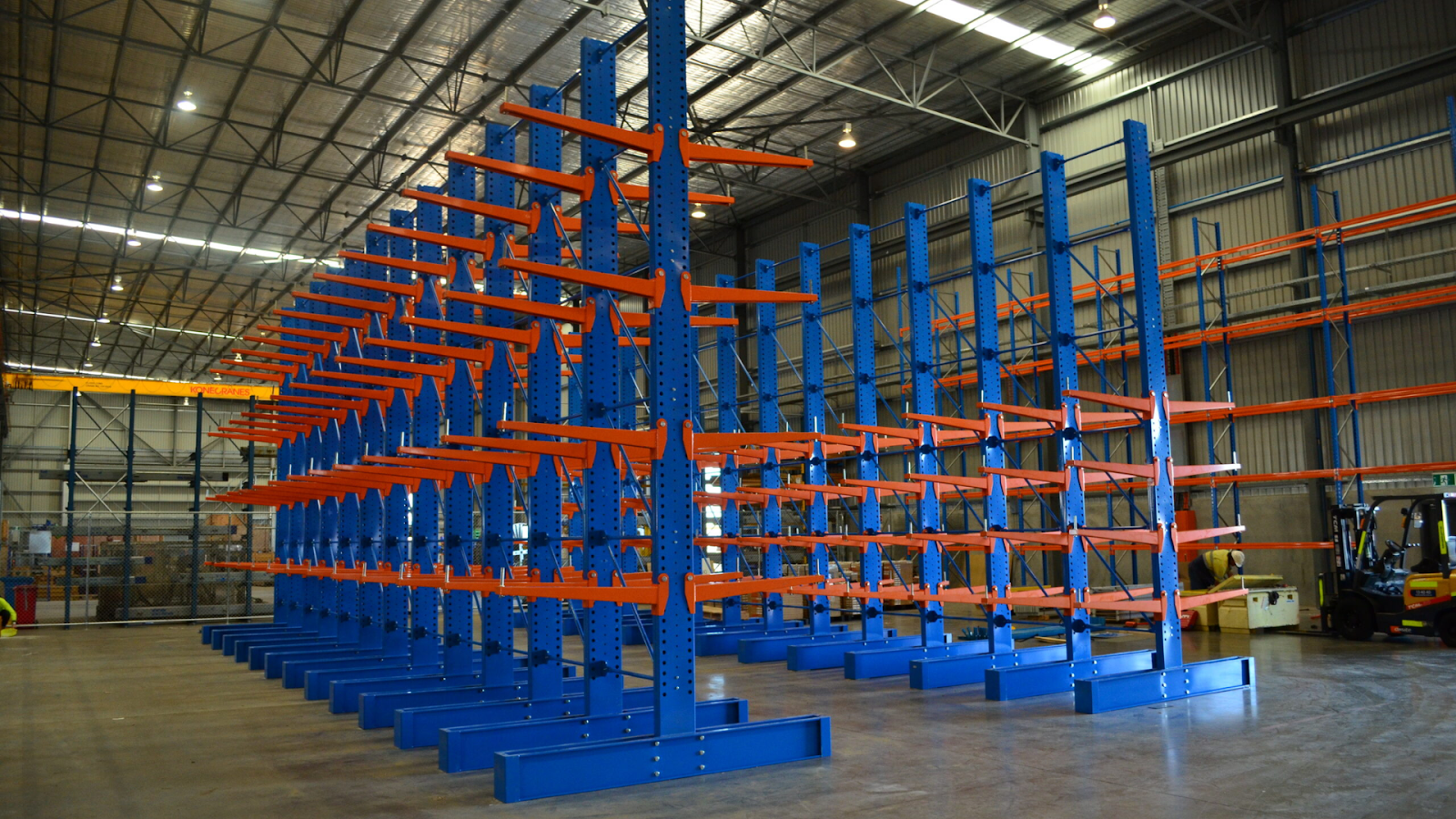
Even a well-designed pallet rack can underperform or become unsafe if key installation and maintenance practices are ignored. The following mistakes are among the most frequent causes of inefficiency and compliance failures in warehouses.
Assuming beam strength without verified data is dangerous. Always calculate total pallet weight and consult manufacturer load charts to prevent overloading, frame deflection, or potential rack collapse under stress.
Designing racks without considering forklift movement causes clearance issues and repeated impact damage. Match aisle width, turning radius, and mast height precisely to forklift specifications for smooth, safe operation.
Combining beams and uprights from different manufacturers risks misalignment and loose connections. Teardrop designs vary subtly; always confirm compatibility and locking mechanisms before assembly to maintain structural stability.
Ignoring local codes leads to compliance failures and costly retrofits. Confirm seismic anchoring requirements and maintain at least 18 inches of sprinkler clearance for fire safety and regulatory approval.
Small issues often go unnoticed until serious damage occurs. Inspect racks monthly for bent uprights, missing clips, or anchor wear. Prompt repairs preserve capacity, compliance, and operator safety.
Also Read: What to Do if Racking is Damaged: Quick Fixes & Safety Measures?
Modern warehouses are scaling beyond static storage. A future-ready pallet rack design combines technology, adaptability, and environmental awareness to improve long-term efficiency and compliance. Smart sensors now track beam deflection, pallet load, and impact events in real time, enabling predictive maintenance and reducing downtime.
Additionally, digital inspection systems automatically log maintenance and safety data, improving accuracy and audit readiness. Recycled steel frames and durable powder-coat finishes minimize environmental footprint while resisting corrosion in demanding warehouse conditions.
Furthermore, energy-aware layouts featuring narrower aisles and reflective decking enhance visibility while cutting lighting costs. Considering these efficiencies, partnering with a trusted distributor like Source Equipment ensures your pallet rack design is not only functional but also optimized for long-term operational savings.
Since 1989, Source Equipment has been helping U.S. warehouses make the most of their space, with racking systems that perform as hard as the people who use them. As a nationwide distributor, we bring you durable pallet racking solutions from trusted names like Husky Rack & Wire, Steel King, and Speedrack, backed by the experience only decades in the industry can provide.
Our approach is hands-on and detail-driven. From CAD-based planning and OSHA/RMI-compliant designs to custom builds for cold storage, manufacturing, and distribution, every solution is built around your operation’s real needs.
A well-designed pallet rack does more than store products; it powers smoother operations. When layout, load capacity, and access flow are planned precisely, warehouses achieve higher throughput, fewer safety incidents, and better use of every square foot. Each design choice, beam height, upright depth, aisle width, translates directly into performance and profit.
That is why working with professionals who understand the balance between safety, engineering, and usability is essential. Source Equipment Co., Inc. brings decades of experience helping U.S. warehouses design racks that align with compliance, scalability, and daily efficiency goals.
Request your free pallet rack design consultation today and turn your facility’s layout into a stronger, safer foundation for future growth.
Understand load capacity, pallet dimensions, and beam spacing before setup. Always ensure correct anchoring, spacing, and compliance with OSHA and RMI standards. Regular inspections and maintenance prevent accidents, preserve rack life, and maintain safe warehouse operations.
Begin with a level floor and layout plan. Anchor uprights securely, connect beams with locking pins, and install decking or pallet supports. Verify vertical alignment and beam capacity. Follow manufacturer guidelines and OSHA requirements for safe, compliant installation.
Evaluate product weight, pallet size, forklift reach, and aisle width. Consider space utilization, SKU variety, turnover rate, and ceiling height. Prioritize rack durability, safety accessories, and compliance with fire, seismic, and RMI design standards.
Perform visual inspections monthly and schedule annual professional audits. Check for bent uprights, missing safety clips, or loose anchors. Immediate repair of damaged components ensures compliance, prevents collapse, and extends the rack system's lifespan.


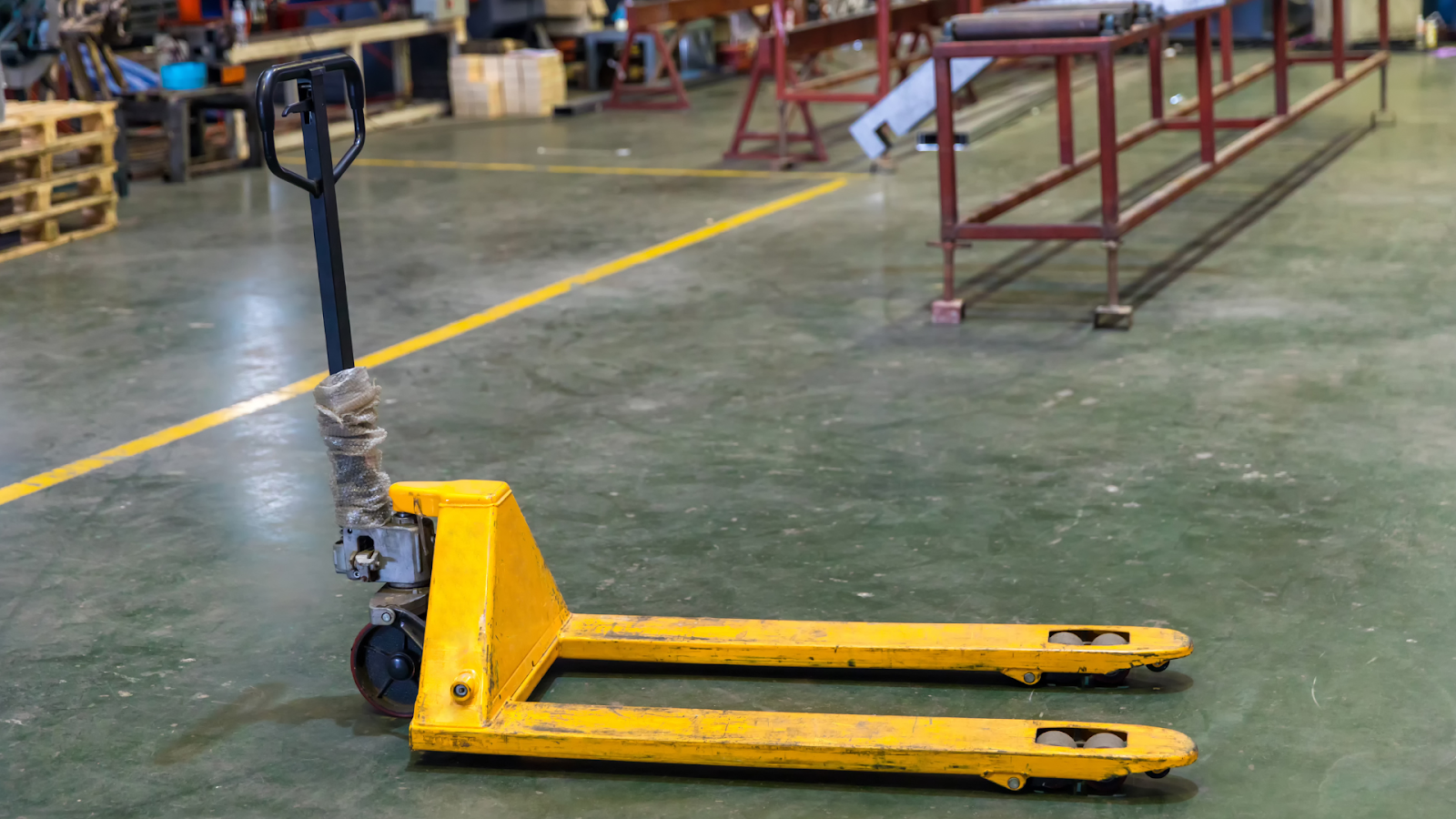
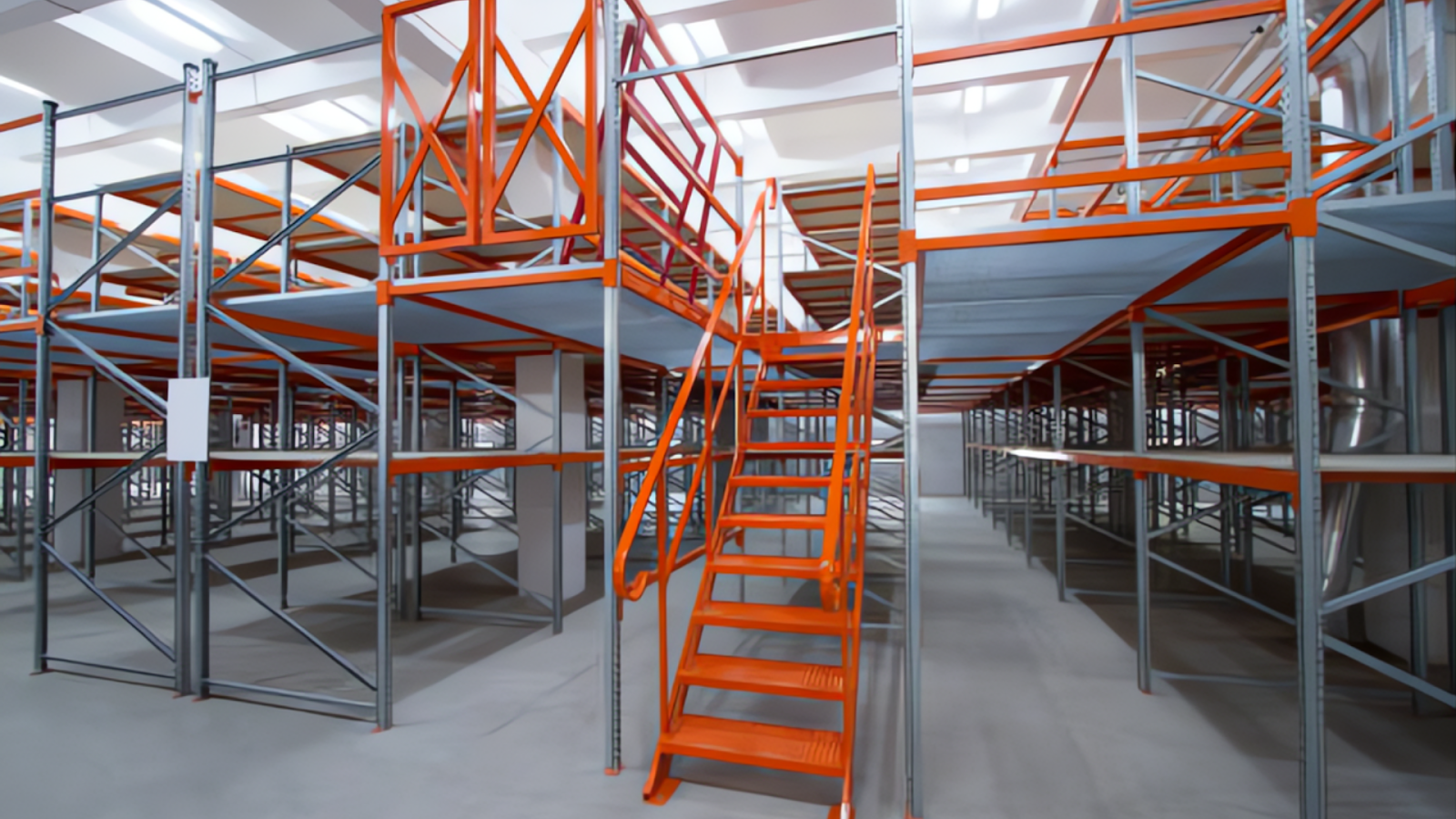
Ready to Upgrade Your Process Operations?